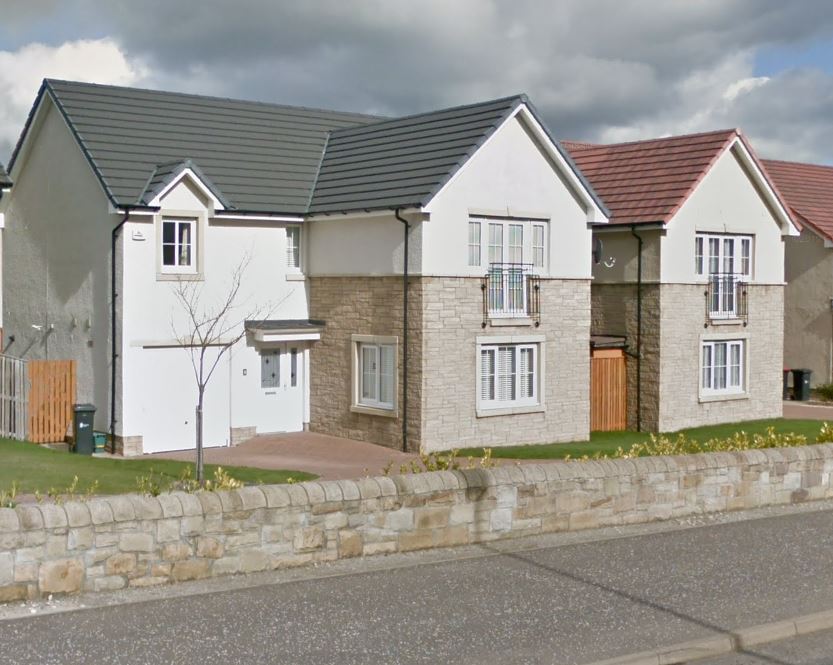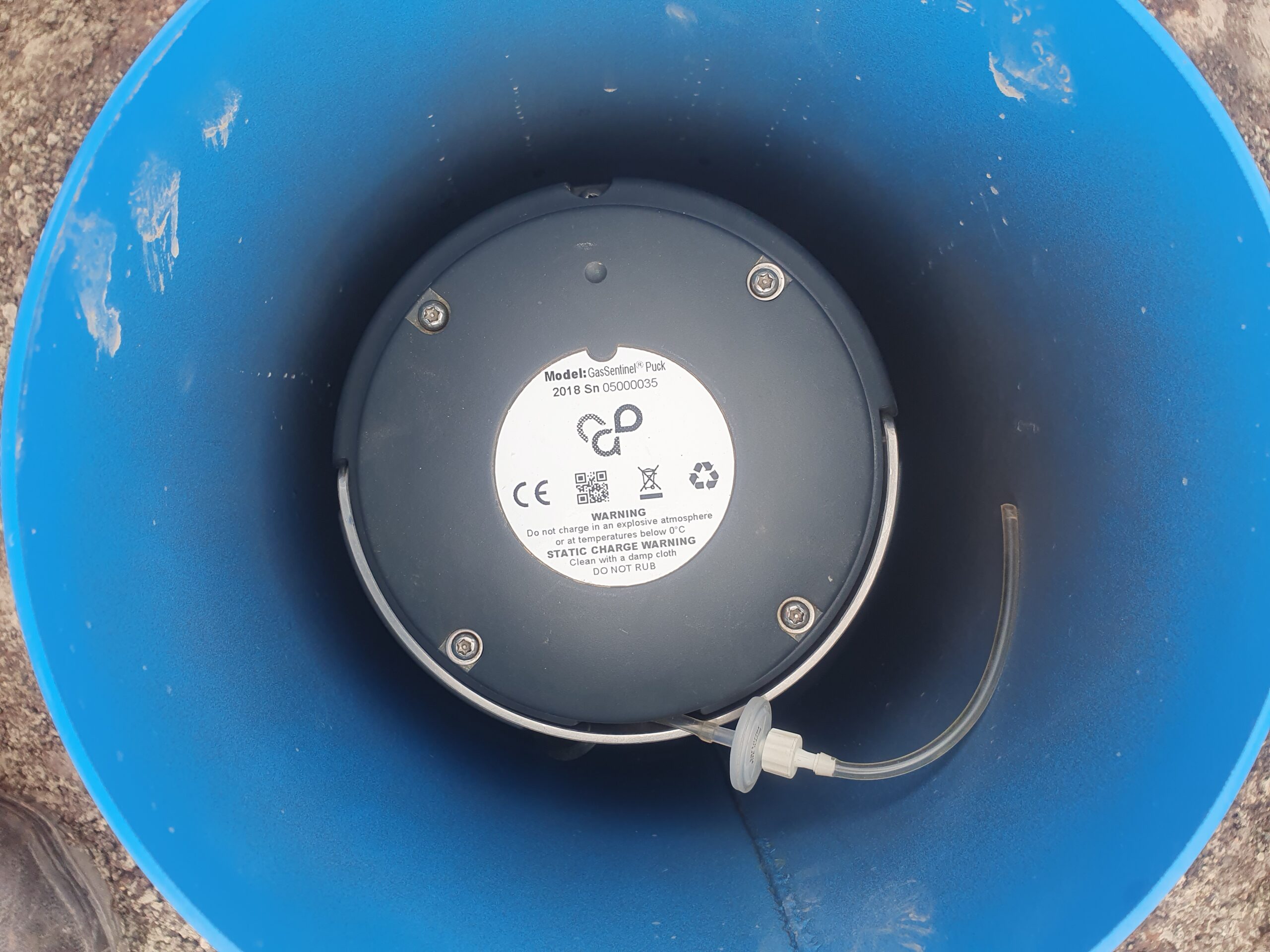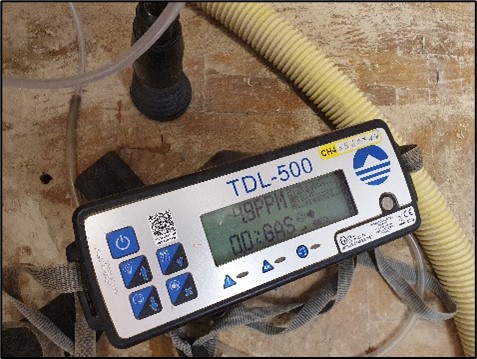GGS provided the following services:
- Chair of Joint Working Party to oversee, investigation and development of remediation plan to include:
- Internal gas monitoring of houses
- Community liaison
- Supervision of consulting engineers
Background
In the 1960’s a local landowner received planning permission to extract sand and restore the site by backfilling with waste. In 1970 the surrounding land was developed for private housing leaving the former landfill as an area of informal public open space. The open space was subsequently sold off and is now owned by a private land owner.
A number of the properties backing on to the open space had house extensions constructed between the 1980’s and the present day. Following complaints of bad odours in some of the houses, the local council carried out monitoring work which identified measurable quantities of landfill gas inside the properties.
In researching the source of the landfill gas, the council discovered the landfilling had extended beyond the original planning permission boundary and was present beneath seven privately owned houses.
The affected houses were fitted with continuous gas monitoring equipment with telemetry enable alarms.
Investigations
The original landowner was no longer alive and the original house builder no longer existed. While, it was considered the site would fall within Part 2A regulations, it was determined that the private house holders did not have the resources to remediate the problem.
To resolve the problem the private land owner and the Council agreed to form a Joint Working Party (JWP), to investigate the scale of the problem and agree a remediation strategy. Simon Talbot, MD of GGS, was appointed chairman of the JWP with responsibility to oversee the detailed investigation of the site and develop a suitable remediation strategy. The role also included close liaison with the affected residents.
Due to the sensitivity of the investigation and the need for high quality ground-gas data to inform the remediation strategy continuous ground-gas monitoring was selected.
Remediation
The remediation strategy involved the temporary rehousing of the residents, demolishing the house extensions, removing the contaminated waste, construction of a gas-barrier along the property boundary, placing clean soil in the back gardens, rebuilding the extensions (like for like), retesting for gas and returning the properties to the house-holders.




